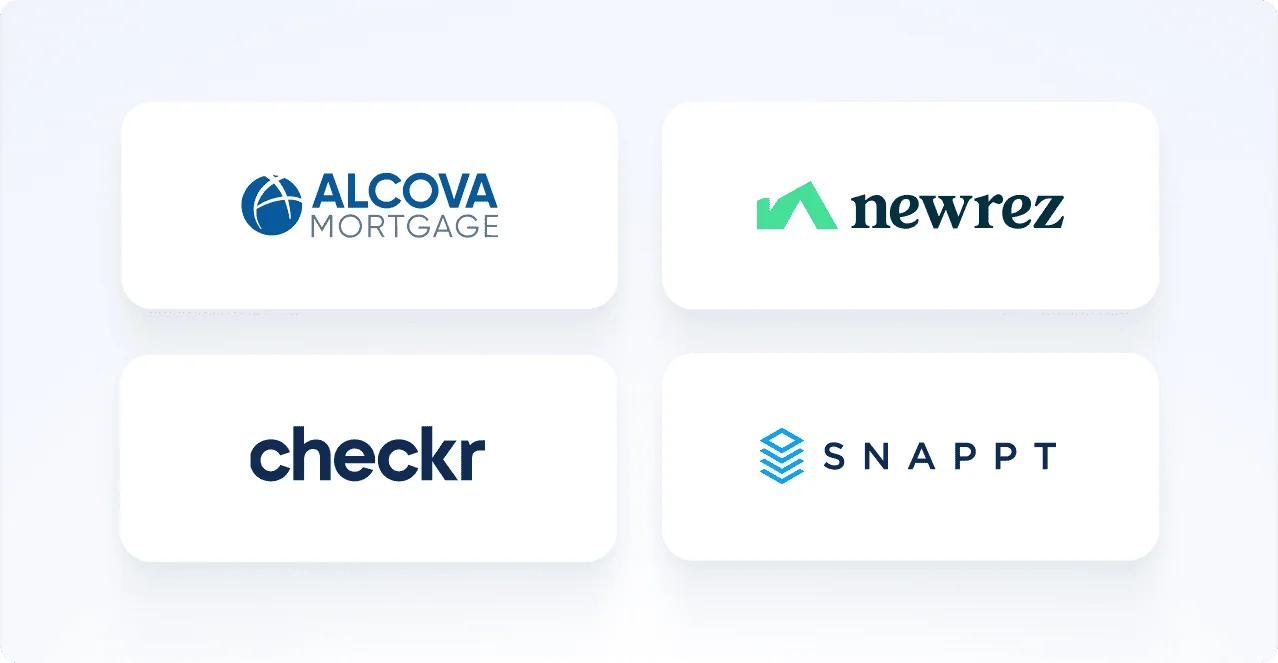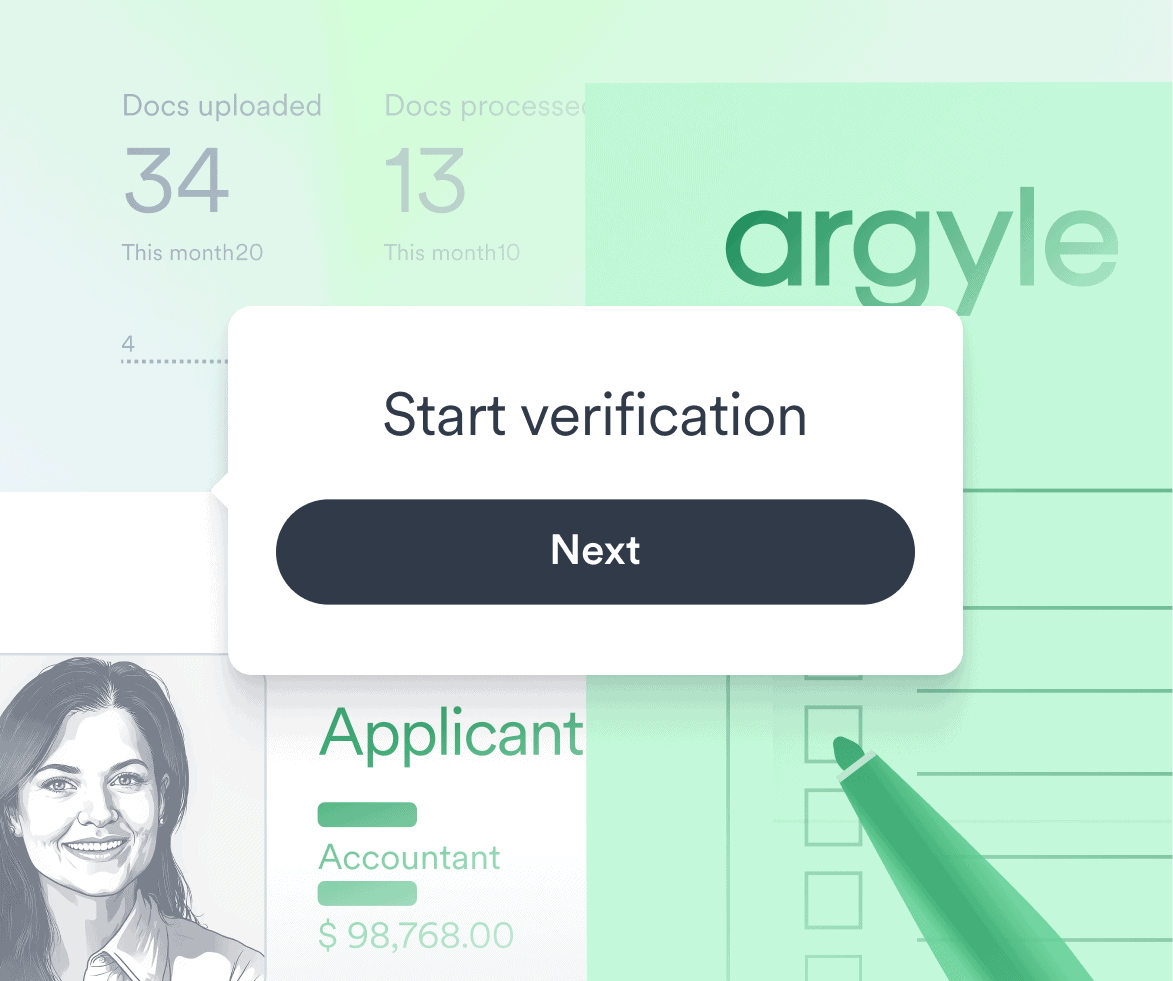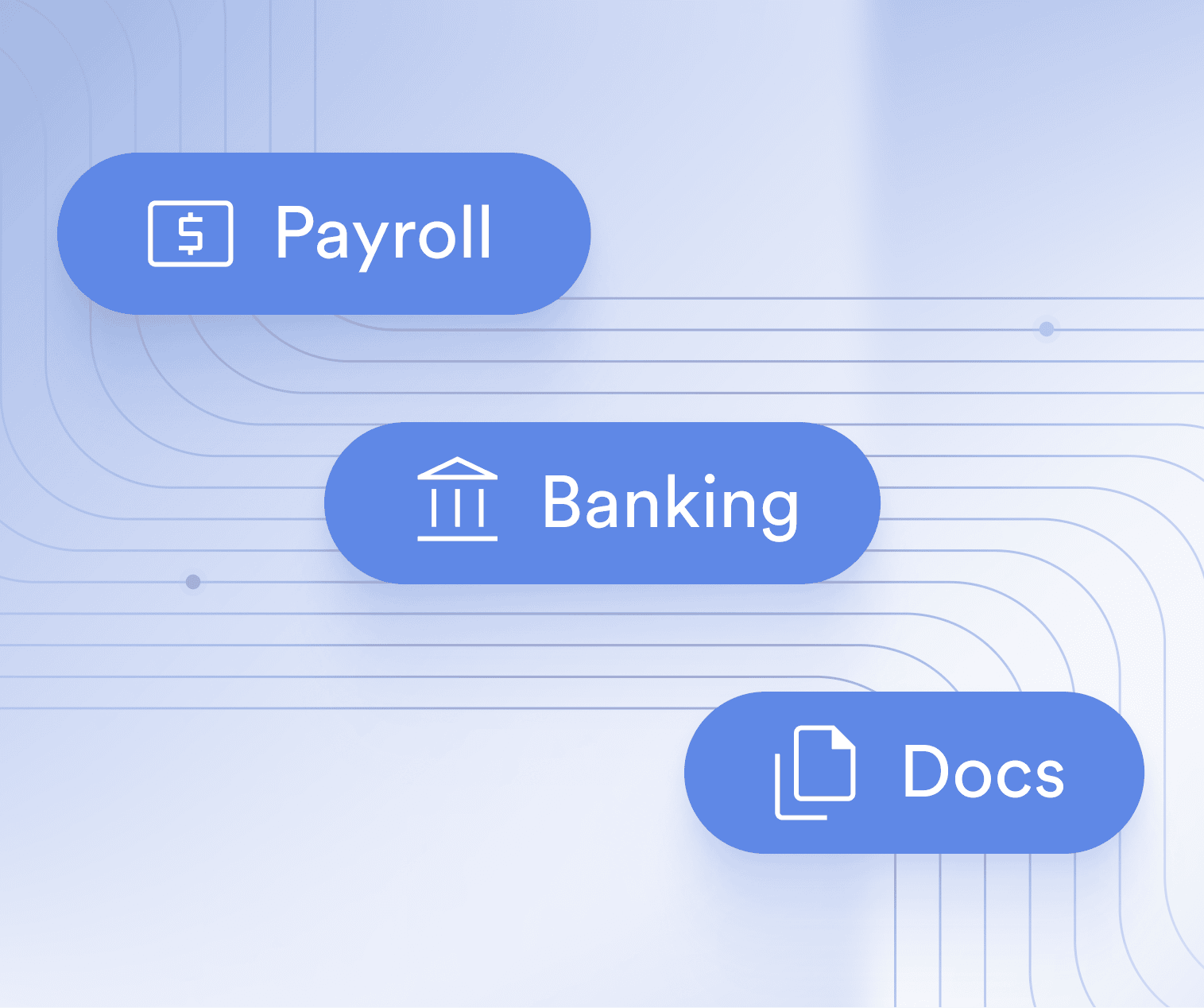Two former loan officers on Argyle’s team share the most common origination challenges they experienced—and how real-time payroll connections eliminate them.
Argyle is committed to building the strongest possible team for our customers. That includes enlisting subject matter experts with on-the-ground experience in the verticals we serve, from mortgage lending to background checks. Their experience not only equips them with first-hand, inside industry knowledge, it gives them deep insights into the obstacles our customers face on a day-to-day basis in their work.
We recently sat down with Daniel Esquibel and Fred Hunt, two former loan officers who now use their expertise to optimize the Argyle experience for mortgage lenders as members of our enterprise sales and customer success teams, respectively.
We asked Daniel and Fred about the most common pain points they encountered when they were originating loans—and how they think direct-source data solutions like Argyle can make it easier for loan officers working today.
Here are the top seven challenges they had to share:
1. Tedious manual processes
“A lot of your day as a loan officer is spent chasing borrowers and getting them to submit financial documents so you can close their loan. It’s a never-ending balancing act.”
Fred pointed out that many loan officers still rely on manual processes like taking application details over the phone, calling or emailing employers to verify applicants’ income, and combing through scanned copies of financial documents like paystubs and W-2s.
These tiresome tasks get repetitive—especially when loan officers are asking applicants to submit documents for the second or third time due to inadequate images or other unmet requirements.
With a solution like Argyle, borrowers connect loan officers directly to their payroll account, so they can stream income and employment data straight from the source and get instant, ongoing access to the financial documents they need. This automates the verification process from end to end, allowing loan officers to focus their energy on more impactful and rewarding tasks.
2. Inefficiencies that cut into “green time”
“Instead of just gathering documents, a loan officer’s time can be better spent bringing in new customers, forging new partnerships, and building deeper relationships with realtors and title agents. Those are the things that not only grow your business, but get you paid.”
Daniel noted that the time a loan officer spends collecting and processing documents is time not spent making business deals and generating additional revenue—commonly known as “green time.”
Green time is especially critical for loan officers working for independent mortgage bankers (IMBs), who tend to be 100% commission-based. The quicker they can close a loan, the quicker they can get paid and move on to more profitable tasks.
Argyle’s automated Income & Employment Verification solution delivers direct-source data in real time, enabling quick and confident closing decisions. The result? Comprehensive income and employment verifications that can be completed in under a minute.
3. Borrower friction
“Most loan officers want a seamless borrower experience. It’s why many turn to verification databases like The Work Number, where you push a button and get results. The problem is, these solutions are expensive—and your borrower is typically forced to scan and send documents, anyway, down the line. That’s especially true if it’s hard to verify their annual income, like if they’re paid hourly or on commission.”
For Daniel, a smooth verification flow can mean the difference between a quickly closed loan and a borrower churning partway through the origination process. Research shows that today’s consumers expect streamlined, fully automated digital processes, and even one wrong step can send them searching for a more tech-forward experience.
With Argyle, borrowers connect to their payroll account once via an easy, two-step flow. They simply select their employer, payroll provider, or gig platform from a comprehensive list and use their existing credentials to log in—just as they would at work.
From there, loan officers get comprehensive income and employment data upfront, plus webhook alerts whenever there’s a significant change to a borrower’s status. Since data is provided on an ongoing basis, there’s no need to bother borrowers to upload documents (and re-upload them for reverifications). Instead, Argyle’s consumer-permissioned data flow asks borrowers for a few clicks at the outset. It creates much less work for them over the course of the loan relationship—which is why many borrowers prefer it over other verification methods.
4. The threat of buybacks
“Most companies are now implementing strict buyback rules. If a loan needs to be repurchased for any reason, including fraud, within six months of the day it was sold, the loan officer who originated it must pay back their entire commission. That’s a big-time bummer.”
Daniel shared that, to avoid the growing risk of buybacks, loan officers need to be sure they’re fully assessing the risk potential of each and every borrower and screening for both intentional fraud and unintentional errors. That means ensuring the income and employment data being used for verifications is accurate and that the financial documents being pulled are legitimate and reliable.
Direct-source data providers like Argyle guarantee accuracy and authenticity by pulling information and documents straight from the system of origin (a borrower’s employment or payroll account), so it’s always a one-to-one representation of what’s in their records. What’s more, Argyle’s data is refreshed automatically and updated on a shift-by-shift basis for hourly and gig workers, so it’s reflective of a borrower’s latest status.
That’s one reason Argyle was named an authorized report supplier for Fannie Mae’s Desktop Underwriter® (DU®) validation service, a component of Day 1 Certainty®. Now, loan officers who use data from Argyle to verify a loan through DU greatly reduce the risk of a GSE buyback.
5. Shifting economic conditions
“We’re in a financial crisis because mortgage rates remain high, while volume is at an all-time low. As a result, many loan officers are reinvesting in old-fashioned tactics—like visiting realtor offices, hosting lunch-and-learns, and leading first-time homebuyer classes—to shore up their business.”
Daniel described how, when the economy is shaky and lending conditions are discouraging, many loan officers revert to traditional, tried-and-true methods to protect their bottom line. In fact, they should be doing the opposite and adopting new technologies.
In addition to the efficiencies outlined above, a direct-source data solution can help in several ways.
First, having access to hundreds of data points through a single connection can give loan officers deeper insights into their borrowers, so they can prioritize certain accounts and offer more relevant guidance. Second, it allows loan officers to expand their market by reviewing and approving more applications and considering nontraditional borrowers who fall through the cracks of conventional, credit-based underwriting practices.
6. Demand for specialization
“There’s an old saying in mortgage lending about there being ‘riches in the niches.’ If you can master a specific product—like ADSCRs or ITIN loans—and become an expert in that particular sphere, you can win big.”
Daniel further expressed that—especially in a turbulent economic climate—loan officers are looking to become specialized in one or two loan types to attract niche subsets of the mortgage market.
As above, the more (and better) data loan officers have at their disposal, the deeper they can get into their borrowers’ finances. Argyle offers over 170 granular data attributes—including gross-pay details like base pay, tax withholdings, and contributions, shift-level work hours, and even mileage reports—so loan officers can get to know their borrowers better and identify and meet their specific needs when it comes to financial services.
7. An industry slow to change
“Lending is not a young industry, and adoption to change has historically been slow. For most loan officers, it’s difficult to suddenly do things outside of the way they’ve always been done.”
Finally, according to Fred, the lending industry can sometimes be set in its ways. Meanwhile, however, consumer demographics and expectations are changing. Young millennials and Gen Zers will soon become the biggest home-buying population, and they will demand digital experiences in a way that former generations haven’t.
Having an automated, direct-source data platform like Argyle is a must for loan officers if they want to hit a home run with these buyers.
Luckily, it’s easy for loan officers to implement Argyle’s solution without many (or any) development skills or resources. Argyle’s web-based tool, Argyle Console, can be deployed in 24 hours or less and customized to a loan officer’s needs and preferences. Argyle can also be configured to integrate with the point-of-sale (POS) or loan origination systems (LOS) loan officers are currently using, which allows them to work within and supplement (rather than disrupt) their existing processes.
Putting it all together
Daniel’s and Fred’s observations shed light on how direct-source data can address loan officers’ pain points in particular—but these solutions are designed and intended to improve business operations and outcomes across the board, from originators and underwriters to the C-suite.
If you want to learn more about adding a direct-source payroll connection to your own workflow—or you want to examine how Argyle’s specific solution works first-hand—get in touch with our team to set up a consultation.









